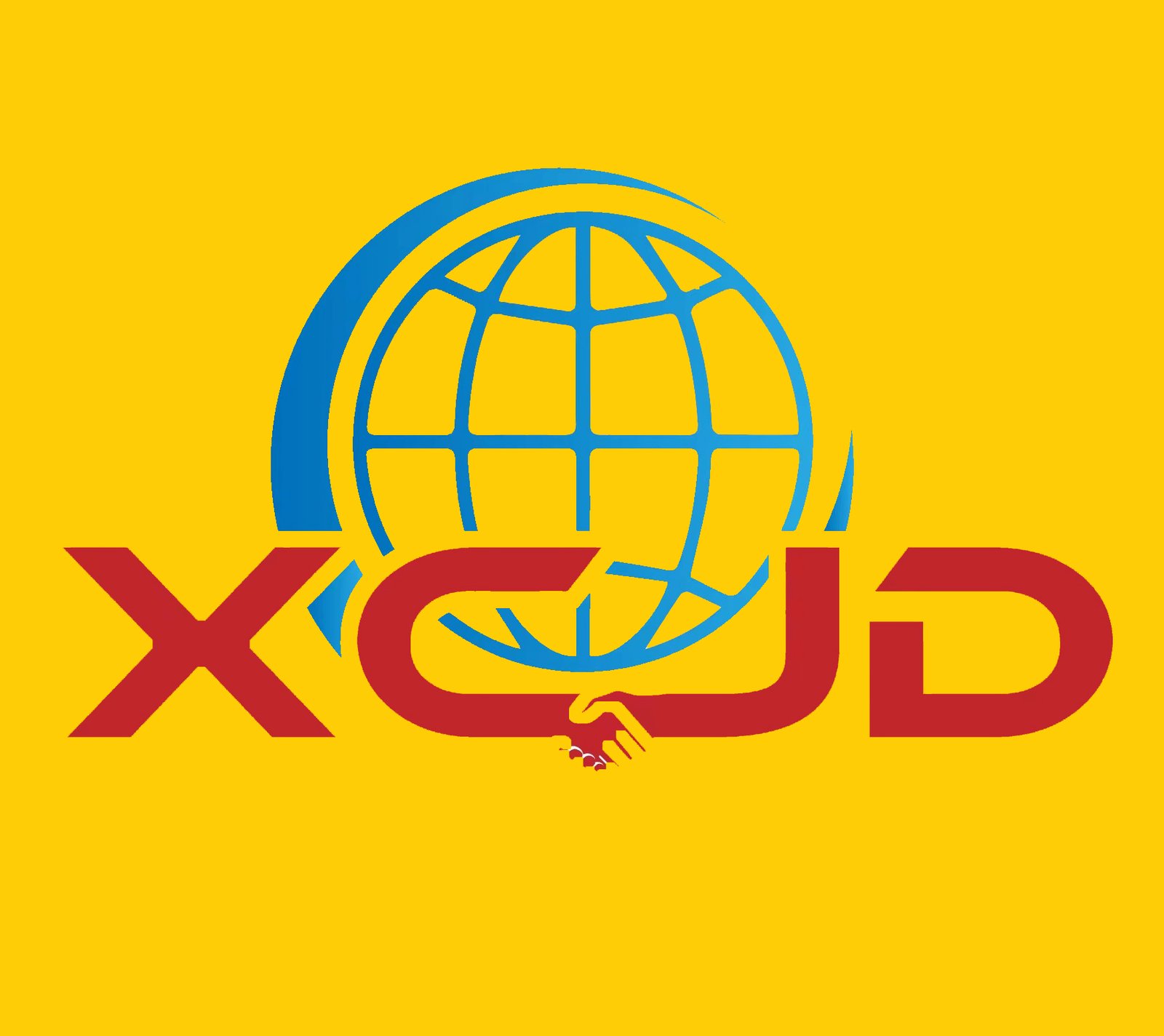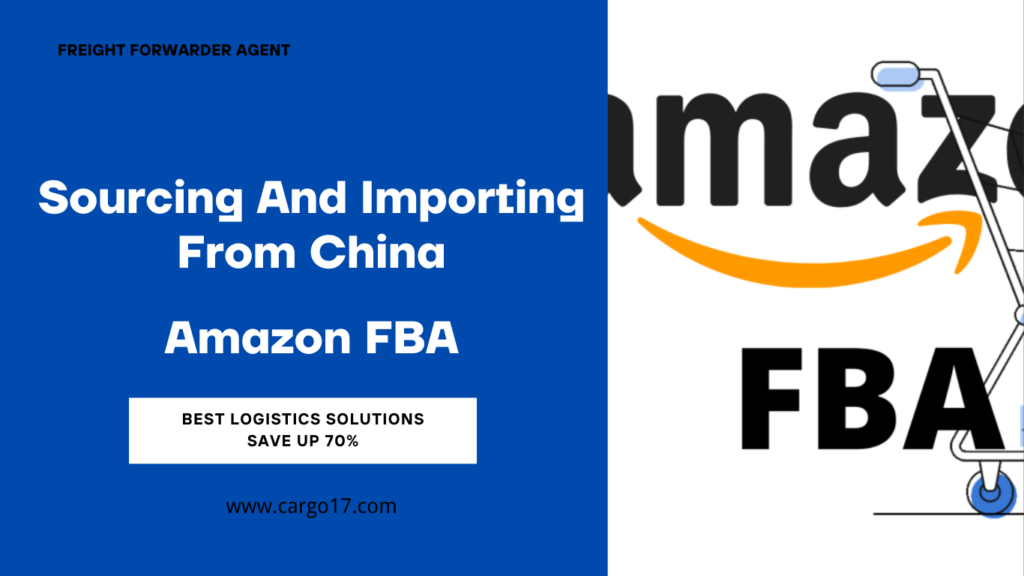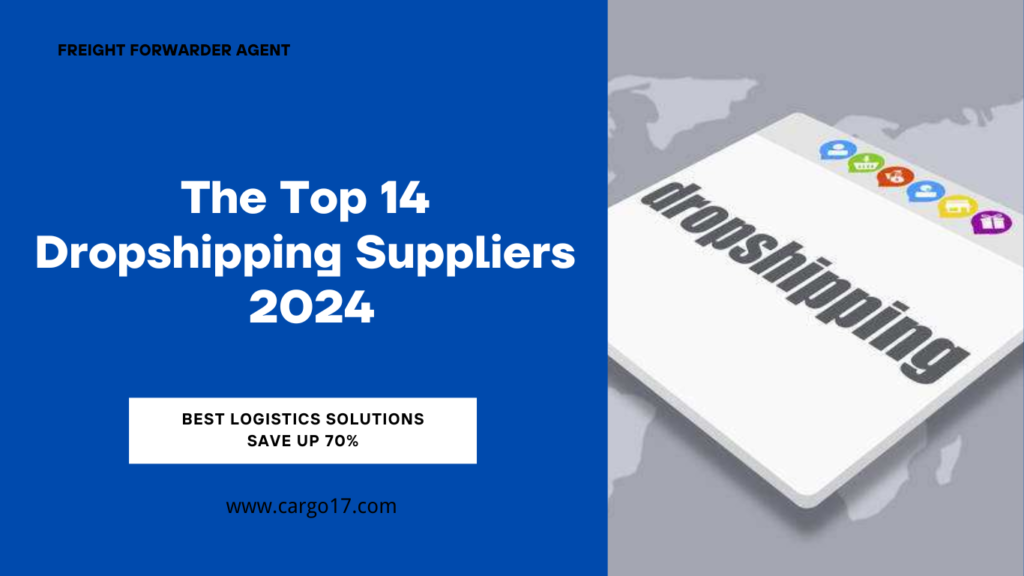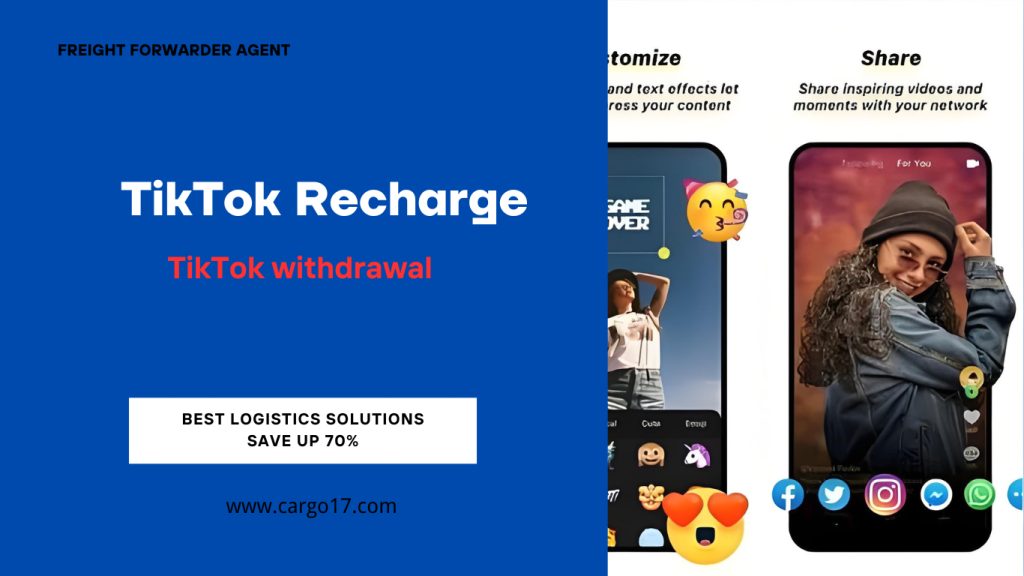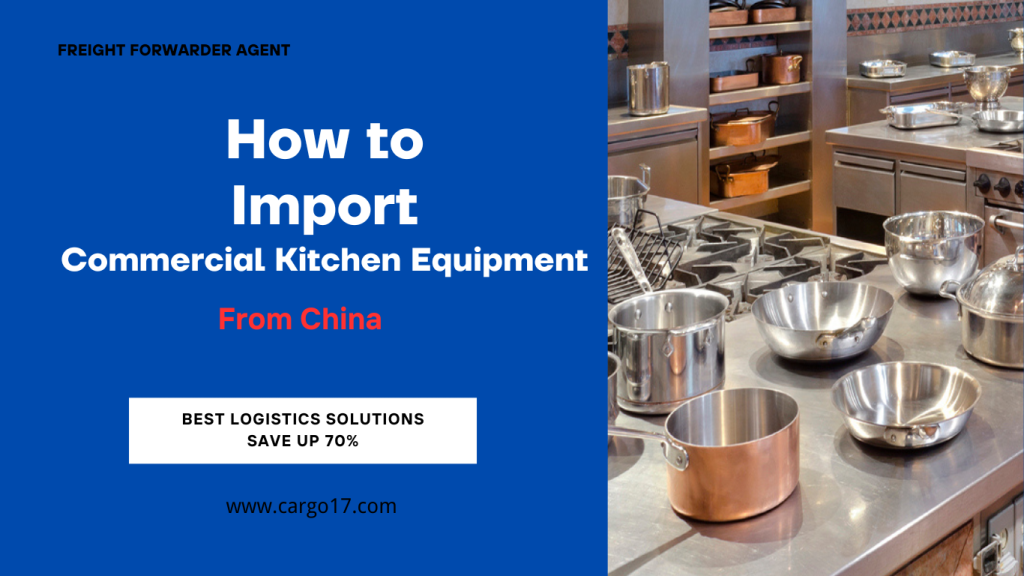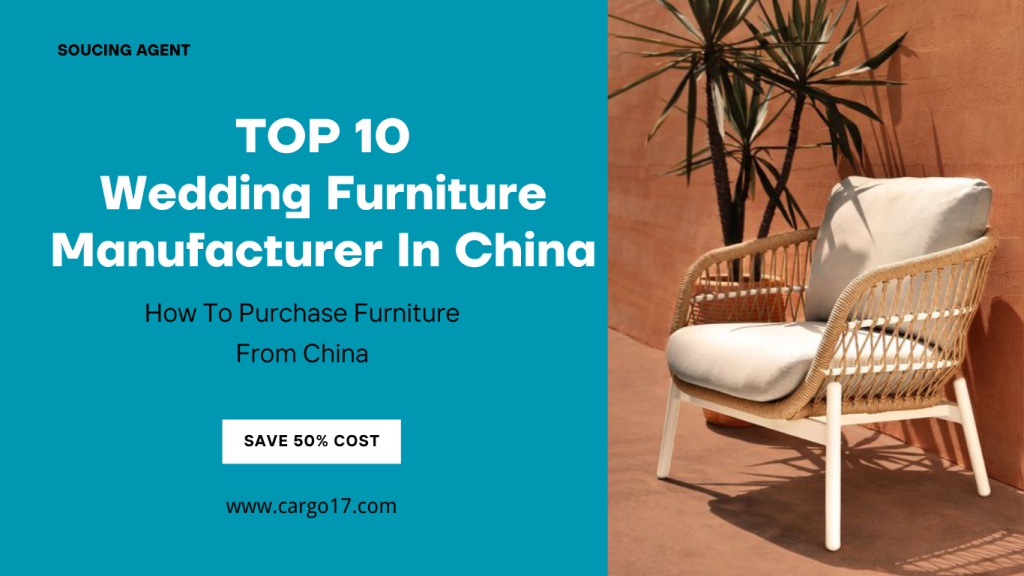Are you a gym owner, wholesaler, or building a home gym? Learn how to find an overseas supplier, reduce shipping costs, and other helpful tips.How To Import Fitness Equipment to the US.
Whether you are a gym owner, enthusiast or wholesaler, knowing how to import fitness equipment can save you money. Keep reading to learn how to find a supplier, reduce shipping costs, and other helpful tips.
How to Find a Gym Equipment Supplier
The first step in importing fitness equipment to the United States is to find the right supplier. You’ll want to start by looking toward China. China is the world’s largest exporter of fitness equipment, representing nearly 40% of the world’s market share. Wholesalers and gym owners can turn to websites like Alibaba and Globalsources to search for a specific product to import, or you can order directly from the manufacturer.
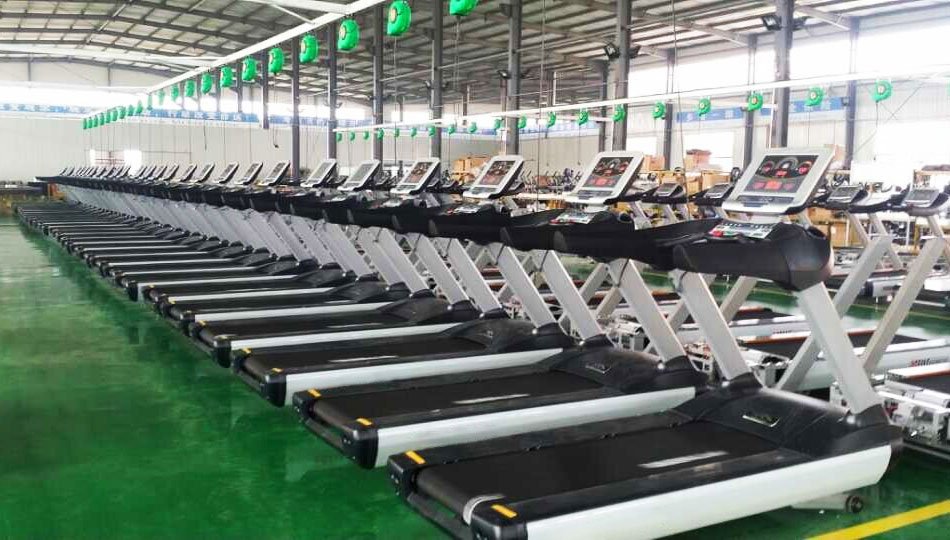
Top Chinese Manufacturers of Gym Equipment
Here are ten leading Chinese exercise equipment manufacturers:
- Impulse: Exports fitness equipment and sports-related products to multiple countries, including the U.S., Germany, Spain, the U.K., Australia, and Japan.
- Shua: Exports fitness products to over 60 countries and regions, including the U.S., Europe, and Southeast Asia.
- GoodFamily: Referred to as the Shenzhen Family Enterprise, primarily exports fitness products to the U.S.
- WNQ: Considered the top exporter of fitness equipment, distributing to the U.S., Italy, India, and the U.K.
- Johnson: A Taiwanese company with manufacturing facilities and research and development centers in Shanghai and North America.
- Orient: One of the first operating manufacturers of fitness equipment in China. Supplies products to the Chinese space laboratory, China’s national fitness program and sports administration.
- Huixiang: Exports sports-related products to Europe, the U.S., and Southeast Asia.
- Ironman: One of the largest gym and sporting equipment manufacturers in China. Produces treadmills, rowing machines, weight benches, steppers, dumbbells, and more.
- Yanre: One of China’s leading fitness equipment and sports product manufacturers has recently made new investments in research and development.
- Kangliyuan: Manufactures more than 1 million sets of exercise equipment every year.
Trade Shows in China for Fitness Equipment
Another way to source fitness equipment is to attend a trade show for the health and fitness industry. China has several events that feature the latest in sports equipment, fitness clothing, workout accessories, supplements, and much more. Importers can get the inside scoop on up-and-coming fitness trends and quality fitness equipment.
China Sports Show Shanghai
The China Sports Show is held in Shanghai every year. The first show began in 1993 and is considered the most significant and most authoritative sporting goods show in Asia Pacific.
With nearly 1,300 exhibitors spanning over 150,000 square meters, the four-day exhibition attracts more than 100,000 visitors every year.
More than 30 simultaneous events are held during the show, including the China Sports Industry Summit, industry exchanges, standards seminars, business communications, local sports promotion meetings, and various innovative activities.
FIBO China Shanghai
Sponsored by the International Trade Fair for Fitness, Leisure, Sport, and Bodybuilding China, FIBO China integrates fitness education and experiences to professionals and beginners in the fitness industry.
FIBO China draws more than 10,000 trade and public visitors, featuring over 80 exhibitors representing a total of over 100 brands. This includes fitness studios, hotel buyers, trainers, and consumers of health and wellness products.
IWF Shanghai
IWF Shanghai is scheduled at Shanghai New International Expo Center every year. Spanning over 85,000 square meters with more than 100 participating brands, IWF features:
- Fitness equipment and accessories
- Club facilities and supplies
- Sports shoes and equipment
- Health food, spa equipment, and fitness presentations
IWF integrates resources from varying fitness industries, offering high-quality brands, equipment demonstrations, clothing trends in the fitness industry, and much more.
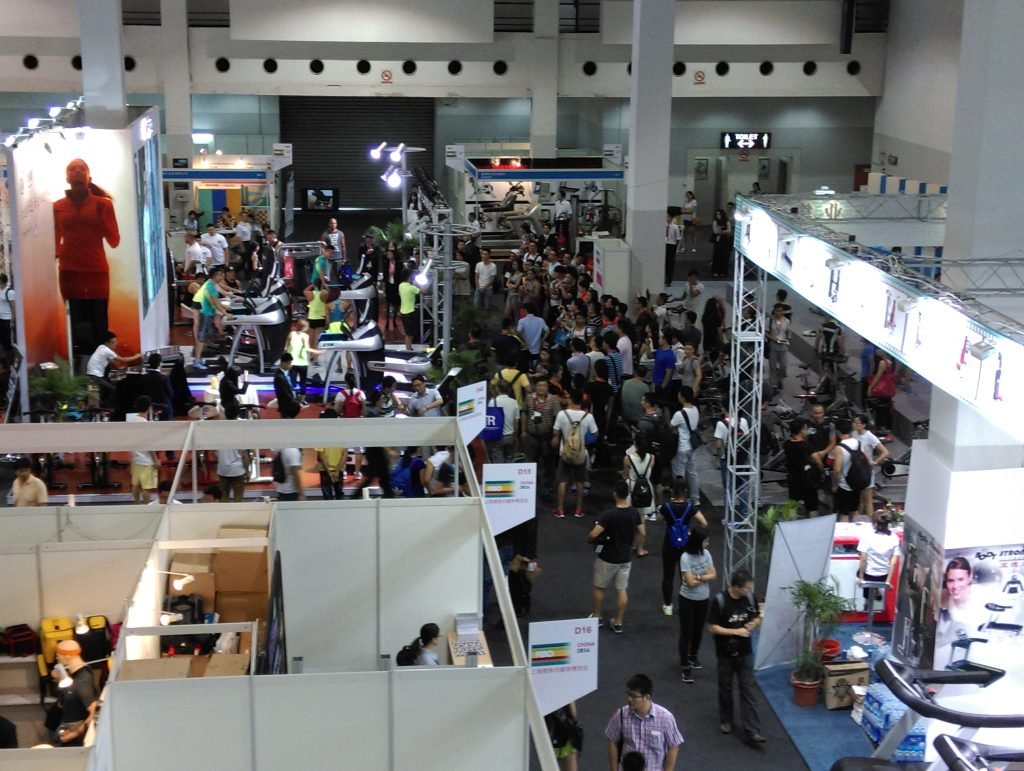
Import Requirements
Any time a product is imported to the U.S., it must comply with all U.S. safety standards. Exercise equipment is no exception and there are a few rules and regulations to be aware of before import. Ask your supplier to provide information that demonstrates their product meets these standards.
Electric Gym Machines
Any gym equipment that plugs into a socket, like a treadmill, exercise bike, or elliptical machine, is required to follow federal safety regulations. This means importers must make sure their fitness product complies with FCC Part 15.
Part 15 regulates electronic and electrical devices that have the capability to emit radio frequency energy, particularly those that could cause interference to devices that operate in the radio frequency range of 9 kHz to 3000 GHz.
These devices are classified into three categories:
- Unintentional radiators – generate radio frequencies for use within the device’s internal wiring, such as USB drives, coffee machines, and wired mouses.
- Intentional radiators – feature Bluetooth, LTE, 3G, 4G, even 5G capabilities, and generate energy via radiation or induction.
- Incidental radiators – are items that create or emit radio frequencies that are not intentionally programmed that way. This category is where you will find electrical fitness equipment.
FCC Part 15 provides general technical requirements such as conducted limited, radiated emission limits, and antenna conduction limits for unintentional and intentional radiators. This is determined by whether the product is designed for commercial or personal use.
Sports Apparel Textile Regulations
The Flammable Fabrics Act (FFA) is enforced by the Consumer Product Safety Commission (CPSC). It establishes requirements for potentially highly flammable clothing, including sportswear imported into the United States.
Pre-approved fabrics include nylon, polyester, acrylic, and wool, regardless of the fabric weight. To clarify the classification of sports apparel materials, you can contact a CPSC-approved lab such as QIMA, SGS, or Intertek and submit a sample for testing.
General Certificate of Conformity
Those who import or manufacture sports apparel under FFA requirements must prepare a General Certificate of Conformity (GCC). A GCC represents a statement that certifies the lab-tested sportswear product and complies with all relevant safety standards.
The information included in a GCC may be as follows:
- Product name and description
- List of applicable CPSC safety rules and ASTM standards
- The company or name of the importer
- Contact details such as mailing address, e-mail address, and phone number
- Date and location of production
- Date and location of the product’s testing
ASTM Standards
The American Society for Testing and Materials (ASTM) develops technical standards for various materials and products.
ASTM standards offer manufacturers and importers a reference to achieve high safety and quality standards for their sportswear products. While these standards are voluntary, they are mandatory when authorities cite them in government codes, regulations, or laws.
For example, ASTM D3780-14 is a standard performance specification for dress suit fabrics for men, woven sportswear jackets, trousers, and slacks.
If you are unsure if the sports apparel product you are importing meets ASTM requirements, you can find additional information on their website.
Fitness Powders and Supplements
Certain fitness products, like protein powder and dietary supplements, are subject to approval by the U.S. Food and Drug Administration (FDA). The FDA regulates both finished supplement products as well as individual nutritional ingredients.
These products are evaluated separately from “conventional” food and drug products under the Dietary Supplement Health and Education Act of 1994 (DSHEA).
Manufacturers and distributors of fitness supplements and their ingredients are prohibited from marketing contaminated or misbranded products.
The importer is responsible for ensuring these supplements are FDA approved before arrival in the U.S., including proper labeling that is up to DSHEA standards.
Shaker Bottles
Many consumers choose to drink protein powder and other supplements via a shaker bottle. These containers, used for food and beverages, are also subject to regulations.
The Code of Federal Regulations Title 21 (CFR 21) sets the requirements for the FDA that apply to plastics, metals, and other materials used for food and beverage containers.
These requirements include prohibiting or limiting the use of certain materials to produce the shaker bottle or food container and proper inspection of lids and closures for said products.
Nutrition Labeling and Education Act
The Nutrition Labeling and Education Act (NLEA) gives the FDA the authority to require a nutrition label on regulated food products. Created in 1990, the NLEA declares that all nutrient content and health claims must meet FDA requirements.
The NLEA requires a Nutrition Facts panel on packaged food products to help consumers follow the national Dietary Guidelines. The nutrient content of a food is displayed as a percentage of Daily Value (DV).
This label includes the serving size determined by the NLEA and reflects the average portion size that a consumer might typically select.
These regulations are applied to protein shakes and dietary supplements. Information required on the label includes:
- Number of calories per serving
- Total amount of fat and saturated fat
- Total amount of protein
- Total amount of carbohydrates
- Percentage of fiber
- Percentage of cholesterol
- Amount of total sugars
- Amount of sodium per serving
The NLEA requires that information about minerals and vitamins be provided for the consumer, as well as clear labeling of specific health claims like “low fat” and “low carb”.
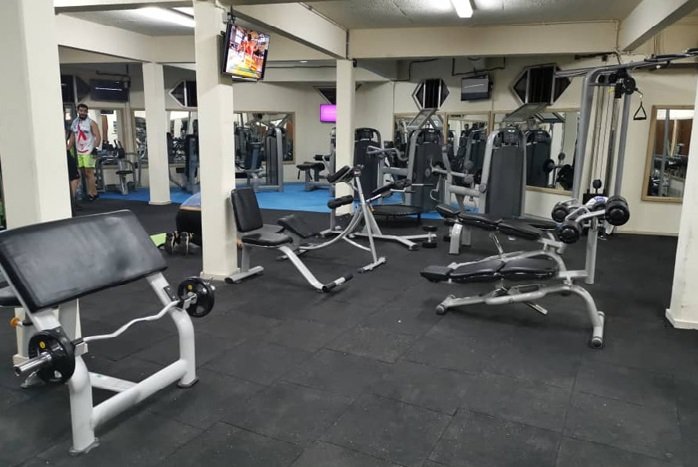
Import Documents
Fitness equipment and sports-related products entering the U.S. from abroad are subject to a series of import documents. Providing the proper import and export documentation is critical to avoid shipping delays, increased costs, or the potential rejection of goods.
1. Commercial Invoice
A commercial invoice is an export document that serves as a bill of sale between the seller (exporter) and the customer (importer).
This invoice contains information regarding the contents of the shipment and the amount and value of the goods. The commercial invoice for international shipping includes:
- The name of the product
- The country of origin
- A product description and its intended use
- The retail value of the product
- The net weight and gross weight of the product
- Delivery and payment terms
- The name and location of the company/ individual importing the product
- The name and location of the company/personal selling the product
A commercial invoice is necessary to prevent any shipping difficulties during the export and import process and ensure the correct taxes and duties are paid.
Any incorrect information listed on the invoice will lead to failed shipping or the potential for the fitness equipment to be seized by U.S. Customs and Border Protection (CBP).
2. Packing List
The packing list is provided by the shipper or freight forwarder. Packing lists should include documentation from your commercial invoice and can be checked by the CBP to authenticate the cargo.
Both the packing list and the invoice go together to confirm the required information of the CBP clearance process.
An item’s net and gross weight must be calculated and listed on the packing slip. The invoice should be filled out in English, which U.S. Customs require.
3. Bill of Lading
In simple terms, the Bill of Lading is one big receipt. This commercial document is issued by a carrier and sent to the shipper of the gym items, essentially transferring the title of those items.
It is signed by the owner of the vessel, captain, or agent, who then provides written documentation or proof that the products have been received. The declaration is to deliver the merchandise at the designated port of entry, along with the condition in which the desired transportation is made.
The documents are then sent off to the authorized holder of the Bill of Lading. The BOL is essential documentation ensuring that exporters receive their money and importers receive their products.
4. Importer Security Filing (ISF)
The ISF is a CPB regulation that affects ocean shipments entering the United States. The ISF filing requires importers or their agents and vessels to file electronically with CBP for in-bound ocean vessel import shipments.
This allows CBP and the Department of Homeland Security to identify high-risk shipments to prevent smuggling and enhance cargo security and safety.
The ISF filing only affects ocean vessel imports. It does not affect cargo imports entering the U.S. by other modes of transportation, nor does it apply to bulk cargo.
This is especially important when shipping fitness equipment (and sports related goods), for the majority of these items will be imported via ocean freight.
5. Customs Bond
A Customs Bond involves a written agreement amongst three parties: the Importer of Record, the CBP, and the bond company issuer.
Before a bond is purchased, imported goods will be held at Customs until proof of bond is shown. Goods will remain pending approval until the bond is verified. A few situations require the need for a customs bond, including:
- When imported goods are for commercial use.
- When federal regulation of the product is needed.
- If the value of the imported merchandise is worth more than $2,500, the cost of a Customs Bond is calculated based on the amount of taxes and fees applied to the imported products. Typically, the bond amount is a minimum of 10 percent of the total duties and fees paid to the CBP.
6. Continuous Entry Bond
The continuous, also known as annual, customs bond is ideal for those who ship multiple times per year. With this bond, valid for one year, you must pay for at least $50,000 worth of coverage to protect your shipments.
It is not refundable. However, the ISF fee is waived when you purchase a continuous entry bond.
7. Single Entry Bond
A single-entry bond is just as it sounds: a one-time entry of a shipment through a designated US port. Once a single-entry bond is obtained, products must move through the assigned port of entry.
Importers cannot change the shipping method or destination once the single-entry form is filed. Those who import occasional shipments, typically less than four times a year, benefit the most from a single-entry bond.
Importers of gym-related goods with a low-cost value can successfully apply a single-entry bond to a shipment, whereas shipments in excess of $50,000 require a continuous bond. You can easily purchase a constant bond or single-entry bond through the U.S. Customs website.
8. Certificate of Origin
A Certificate of Origin is a document that discloses what country the imported products are coming from.
This one-time document will accompany imported shipments. When a second shipment is sent with the same product, however, a new Certificate of Origin will need to be obtained. These certificates are available at any local Chamber of Commerce in the US.
The requirements for requesting a Certificate of Origin are determined by whether you are the product producer, a trader who is selling the product, or a logistics service provider acting on behalf of either scenario.
Producers are required to submit a description of the production process. Those traders or logistics providers will need to submit a declaration from the product supplier, who can state the origin of the goods.
9. Arrival Notice
The arrival notice is a written communication sent by the carrier or agent to let the recipient know that the shipment of products has arrived. Generally, the arrival notice includes:
- A description of the items accepted in the port of entry
- Information regarding the number of cargo units that have entered the U.S.
- Charges that need to be paid at the time of pickup
Using an arrival notice to alert the carrier of the product’s delivery can facilitate a quicker unloading process. This allows the product’s recipient to claim and take possession of the items as soon as Customs clear them.
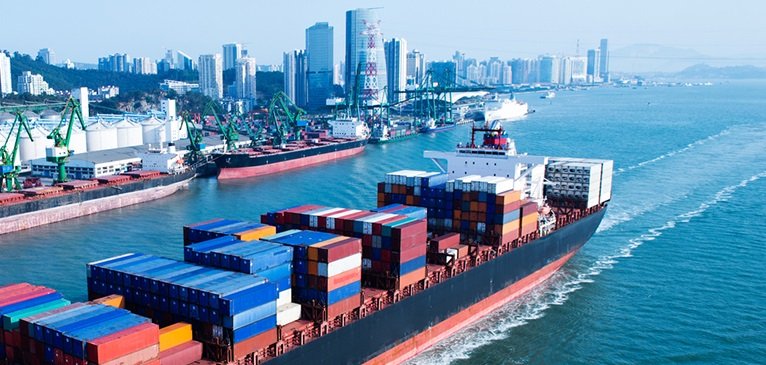
Taxes, Duties, and Fees
All gym related products imported to the U.S. are subject to additional taxes, duties, and fees based on the type of product. These products are classified and organized by codes linked to the product’s country of origin.
1. Harmonized System Codes
A Harmonized System code or HS code is a numerical code that keeps track of what items are shipped across the country. The first six digits of an HS code are used universally.
Every other country may add their numbers to the sequence, creating eight-, ten-, or twelve-digit international codes.
Regarding fitness equipment, HS codes are specific to the parts that make up the entire machine. The frame, base, handles, nuts, bolts, electrical components, etc.
Each code will vary depending on the type of machine or fitness product. For example, the HS code badminton shuttlecocks are 95069910, screws, nuts, and bolts are 73181500, and boxing equipment is 95069110.
2. Duty Rates
A Customs Duty is a tax or tariff imposed on any gym product transported across international borders. The purpose of a Customs Duty is to defend each country’s economy and its environment by controlling the flow of goods, into or out of the country. This is most important for the monitoring of restrictive and prohibited goods.
The Customs Duty Rate is a percentage that is determined by the total purchase value of the product paid within a foreign country, according to the commercial invoice. This excludes the quality, size, shipping method, insurance, commercial invoice, and weight of the article.
Duty rates work with the Harmonized Tariff System (HTS) to provide rates for virtually all existing items. CBP uses the HTS as a reference manual to determine correct tariff rates and statistical categories for all gym products imported to the U.S.
The Ultimate Guide to Sourcing and Importing from China for Amazon FBA Success
The Top 14 Dropshipping Suppliers 2024
What does TikTok recharge and withdrawal mean
Full Import Service From China 2024
How to Import Commercial Kitchen Equipment from China 2024
Top 10 Wedding Furniture Manufacturers in China 2024
3. Shipping Fees
Whether you choose air freight or ocean freight, it’s essential to be aware of fees associated with importing international items into the United States.
Merchandise Processing Fee
A Merchandise Processing Fee (MPF) is an importer fee that the CPB charges in addition to the US Customs Duty. This fee is 0.3464% of the value of the merchandise. The MPF fee has a minimum and maximum amount determined by the assigned weight of the shipment.
As of 2021, the minimum MPF fee given to a formal entry is $2.22, and the maximum fee is $538.40. Formal entries are the import of merchandise used for commercial selling purposes, whereas informal entries are merchandise typically used for personal use.
Harbor Maintenance Fee
The Harbor Maintenance Fee (HMF) is a payment collected by the CBP for all imported shipments that arrive via sea freight to the US. An HMF fee amounts to 0.125% of the cargo’s value and is used to facilitate the conservation and development of seaports in the United States. There is no fee collected for shipments by air or truck.
This charge applies to shipments entering all US ports defined in the Water Resources Development Act of 1986. There are 197 ports in the United States across 32 states that require a Harbor Maintenance Fee.
HMFs are collected on all formal entries, including to a warehouse, temporary importation through bond entries, and admissions into foreign trade zones. They are typically considered part of the destination process.
Ocean Freight Fees
There are two types of ocean freight: Full Container Load (FCL) and Less Than Container Load (LCL), which allow you to take up to a full container for larger shipment volumes or a partial container shared with others for smaller shipment volumes.
Full container shipments are charged at a flat rate for the entire container. Partial container fees are charged by the product’s volumetric weight or gross weight.
If you have more than 15 cubic centimeters in goods, it might be cheaper to ship FCL than LCL. Working with a freight forwarder like us can help to negotiate these costs.
Due to weight restrictions, the bigger the shipment, the cheaper ocean freight becomes. However, ocean freight is the slowest transportation method for importing fitness equipment overseas. It could take weeks or even months for the cargo ship to reach the US entry point.
If time is not a factor, ocean freight is better for shipping these large, bulky items.
Get an instant ocean freight quote
Air Freight Fees
Air shipments can reach their intended destination within a few hours; however, it is the costliest choice of the two.
If you have customers waiting for your gym products to be restocked, it may be worth the cost to import the products by air to improve customer satisfaction and prevent potential lost revenue in the future.
Shipping by air is the preferred method of transportation for products that are inexpensive to produce or if you are shipping low volumes. Items like sports apparel, shaker bottles, sweat towels, and gym shoes are lightweight, small articles easily shipped via air freight.
